How Many Soybeans In A Unit

Soybean counts are in crisis! Farmers and commodity traders are scrambling as discrepancies emerge regarding the standard number of soybeans per unit, threatening market stability.
The lack of a consistent soybean count per bushel is causing widespread confusion and potential financial losses across the agricultural sector.
The Crisis Unfolds
The issue centers on the accepted average soybean count per bushel, which is generally understood to be around 2,500. Recent investigations, spurred by irregularities reported by several Midwestern grain elevators, have revealed significant deviations.
Preliminary data, collected by the USDA (*United States Department of Agriculture*) from samples across Iowa, Illinois, and Indiana, show counts ranging from 2,200 to over 2,800 soybeans per bushel.
This variability directly impacts yield estimations, pricing strategies, and contract fulfillment, potentially leading to significant financial ramifications for all stakeholders.
The Data So Far
The USDA report, released earlier today, confirms the discrepancies. The agency tested samples from over 500 farms across the three states.
Their findings indicate an average of 2,485 soybeans per bushel. However, the wide range highlights the problem: a standard deviation of nearly 150 soybeans per bushel signals concerning inconsistencies.
This means some bushels contain significantly fewer soybeans than expected, while others contain more, creating a volatile and unpredictable market environment.
Impact on Farmers
Farmers are particularly vulnerable. "We're being shortchanged," stated John Smith, president of the Iowa Soybean Association, in a press conference this morning.
"If our yield is calculated based on an inflated average, we're essentially losing money on every bushel." This sentiment is echoed by farmers throughout the region.
Many are now demanding greater transparency and a standardized counting method to ensure fair compensation for their crops.
The Ripple Effect
The impact extends beyond the farm. Grain elevators, commodity traders, and food manufacturers are all affected.
Contracts are based on volume, not individual bean count, so discrepancies create uncertainty in fulfilling obligations. Companies are now reevaluating their inventory and pricing models.
International soybean markets are also reacting, with futures prices experiencing increased volatility in response to the news.
Who is Responsible?
The source of the inconsistency is currently under investigation. Theories range from variations in soybean size due to weather patterns to potential calibration errors in counting equipment.
The USDA is working with agricultural engineers and metrologists to determine the root cause. They are also exploring different counting methodologies, including volumetric and weight-based approaches, to improve accuracy.
Some are pointing fingers at seed companies, alleging inconsistencies in seed size and weight. However, these claims remain unsubstantiated.
Calls for Action
Industry leaders are calling for immediate action. "We need a clear, consistent standard and accurate counting methods, now," declared Jane Doe, CEO of Global Agribusiness Solutions.
"This isn't just about numbers; it's about trust and the integrity of the agricultural supply chain." Several agricultural advocacy groups are lobbying Congress to allocate funding for research and standardization efforts.
The situation requires a coordinated effort from government agencies, industry stakeholders, and research institutions to restore confidence in the soybean market.
Next Steps
The USDA has announced an emergency meeting next week to discuss short-term and long-term solutions.
They are expected to release updated guidelines for soybean measurement and counting. In the meantime, farmers are advised to carefully document their yields and consult with their local agricultural extension offices.
The situation remains fluid, and further updates will be provided as the investigation progresses. The stakes are high, and the industry is watching closely.



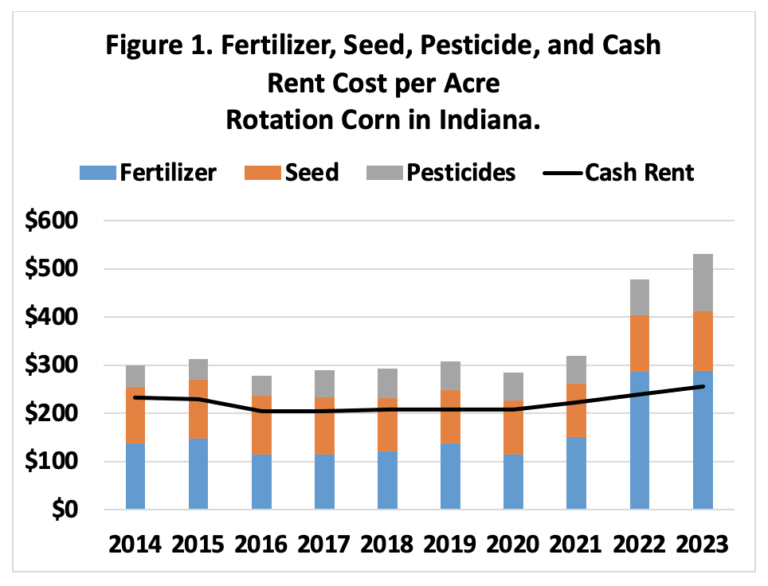


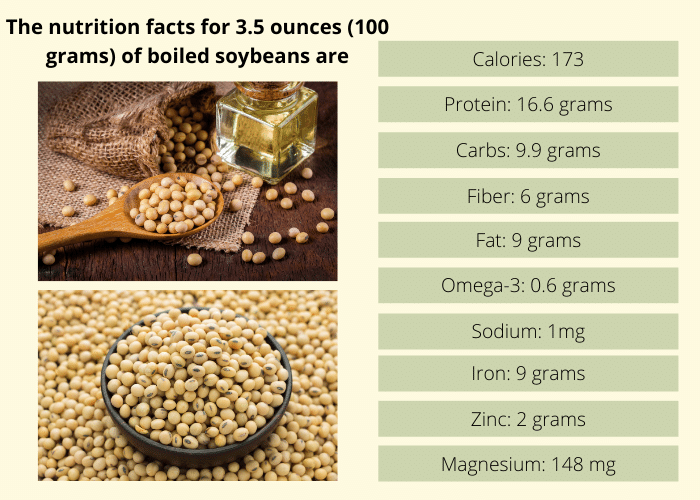
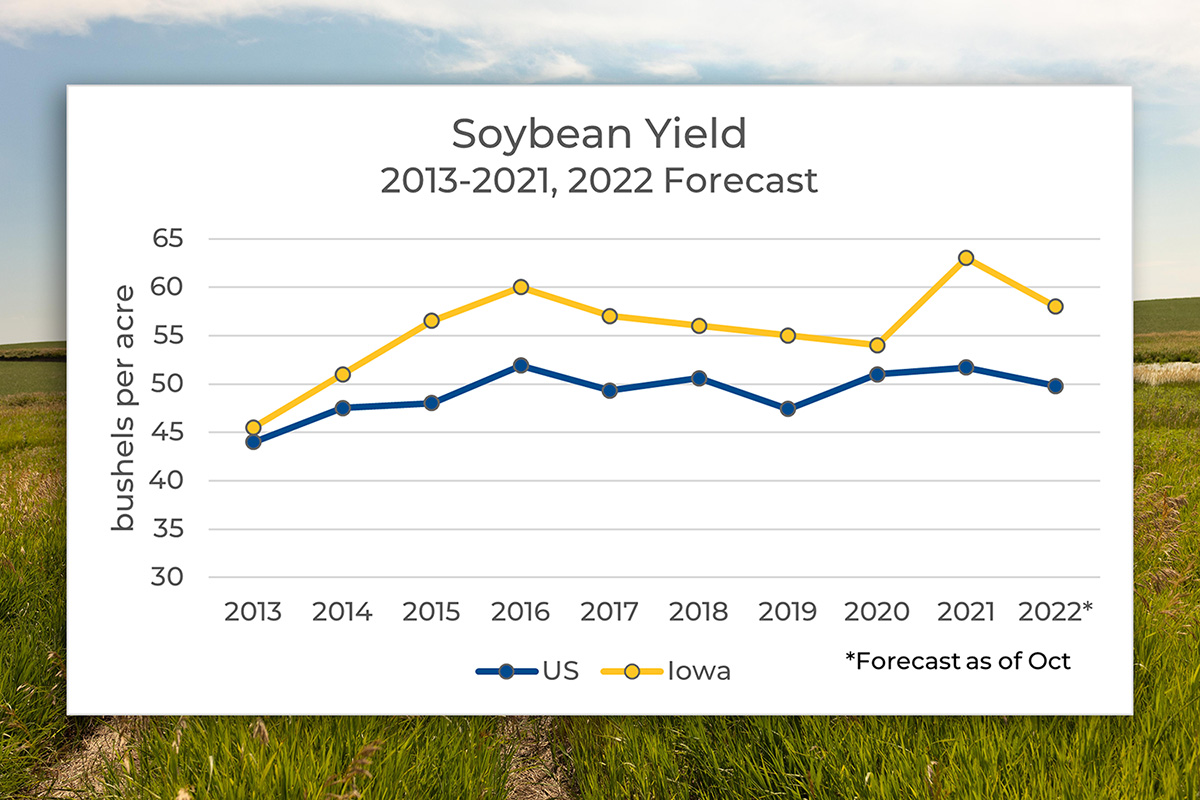
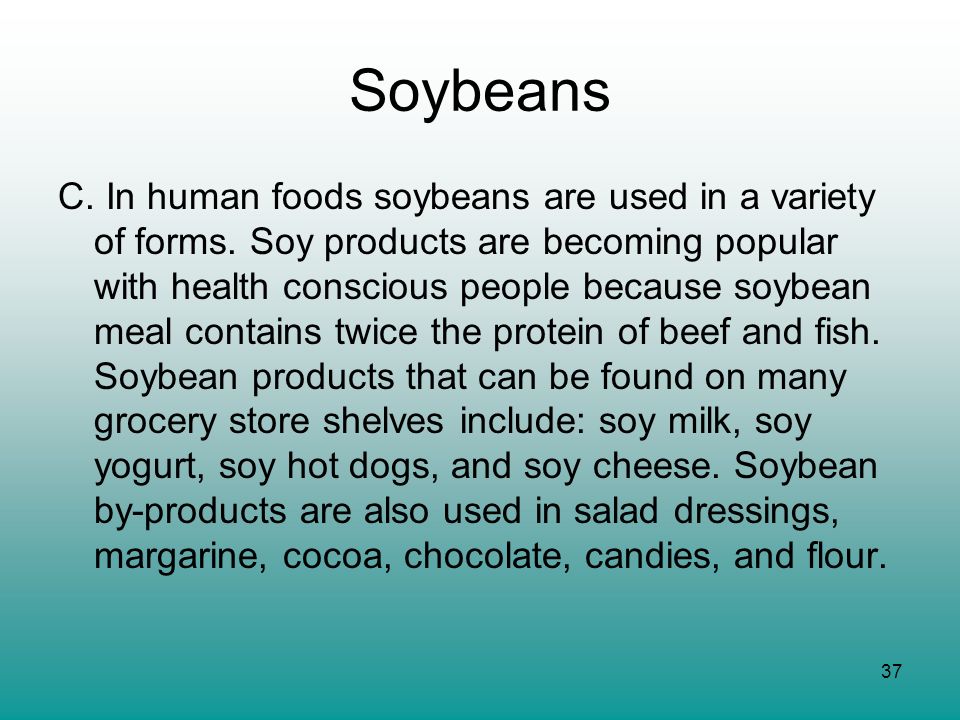
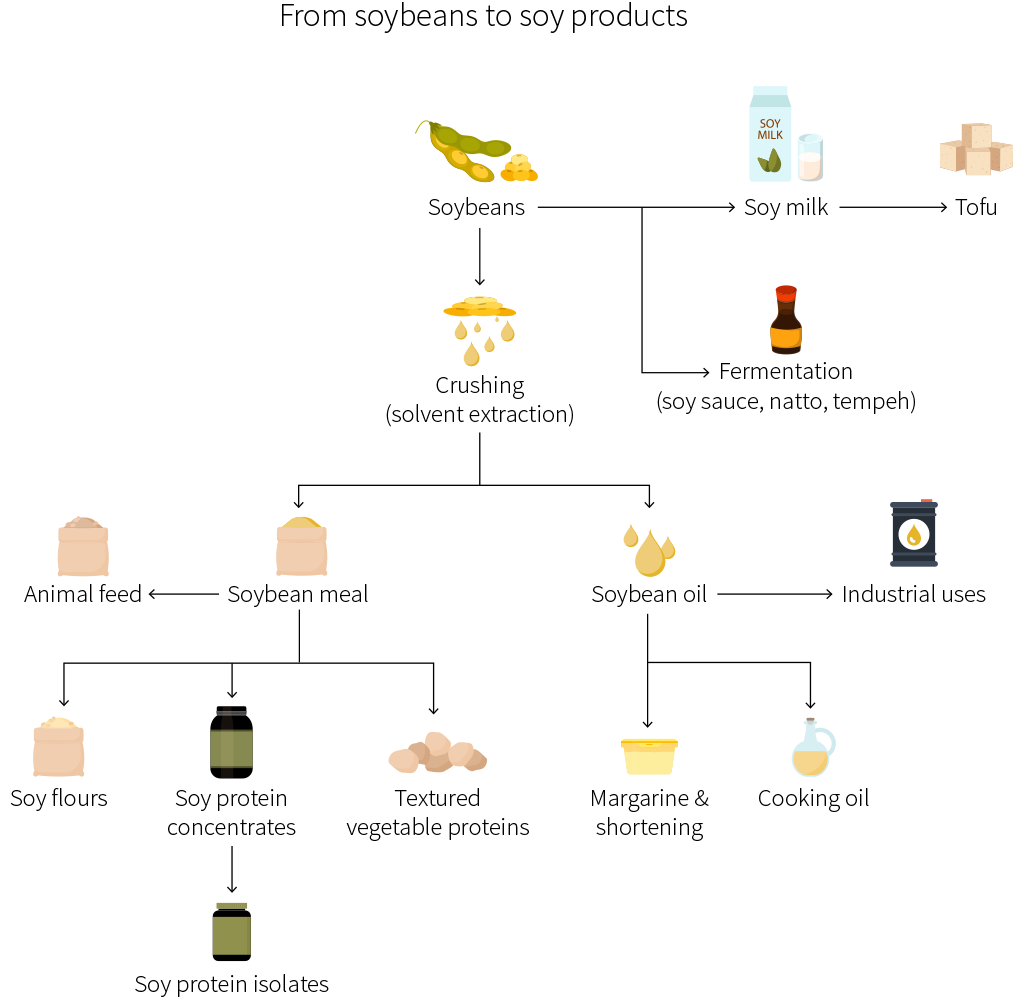
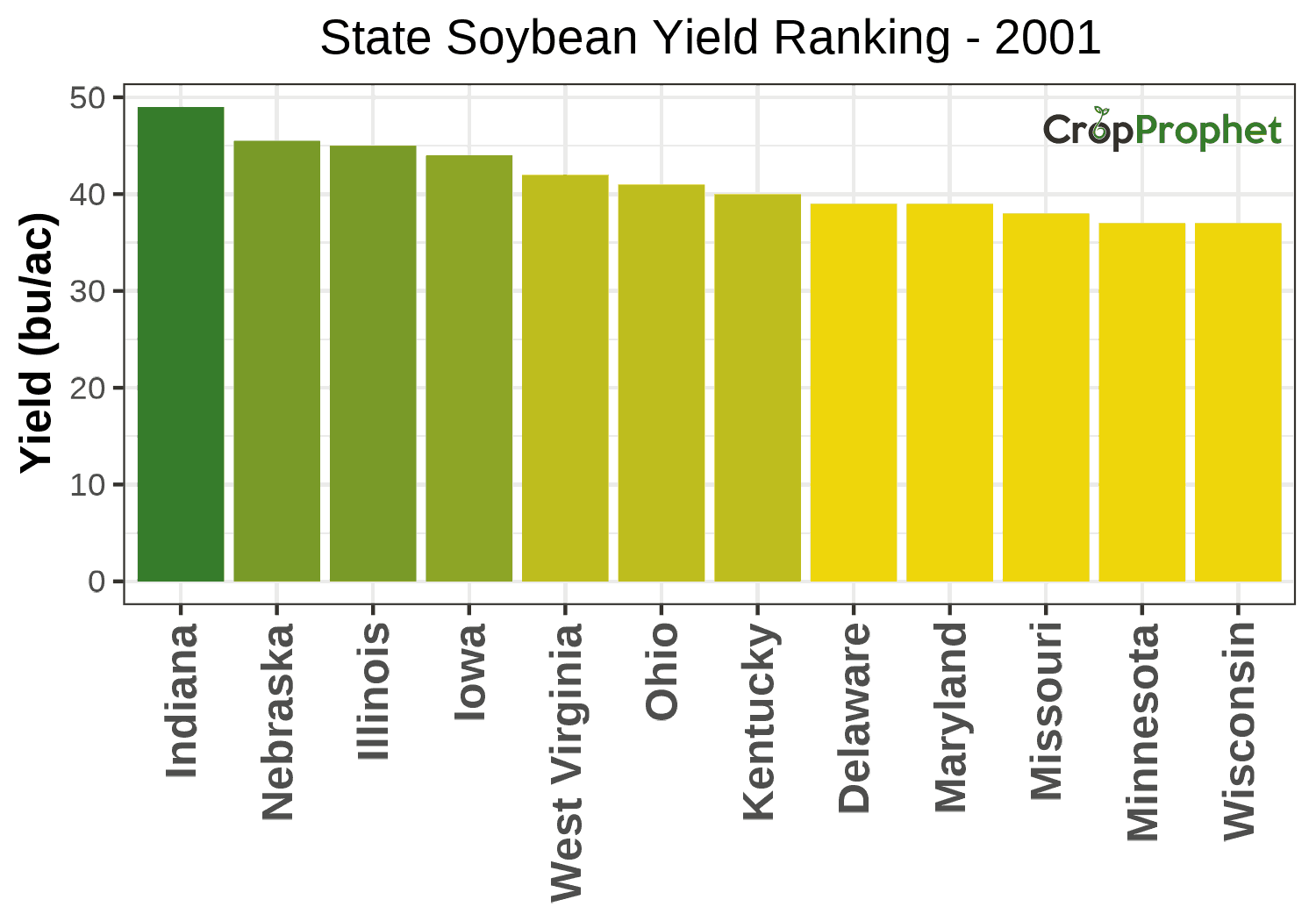
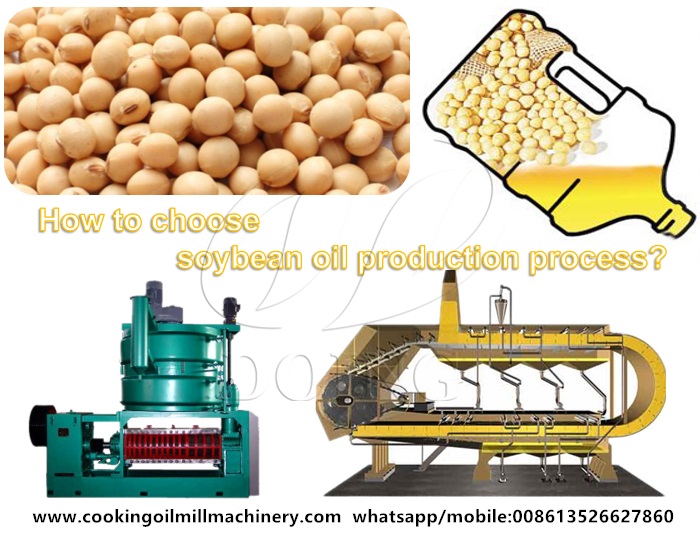

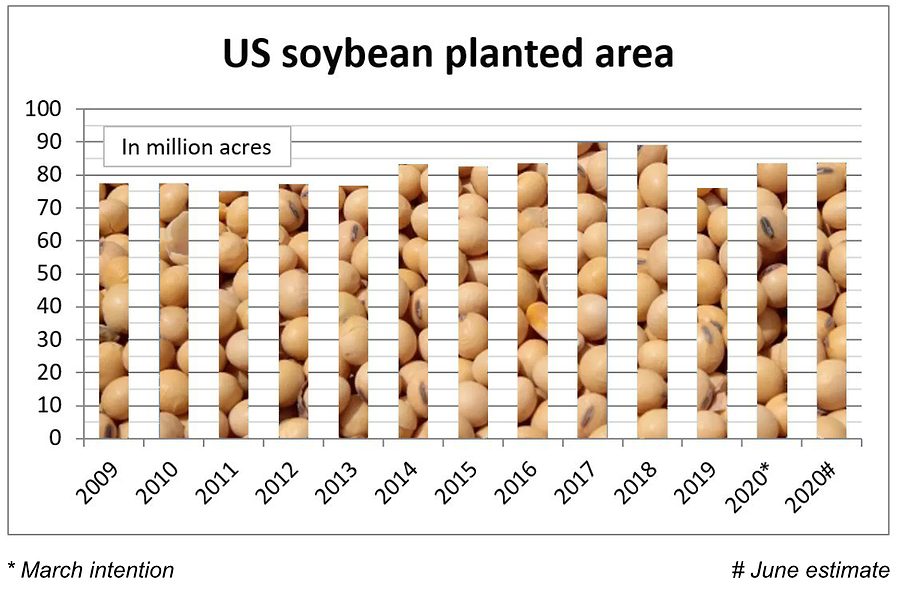
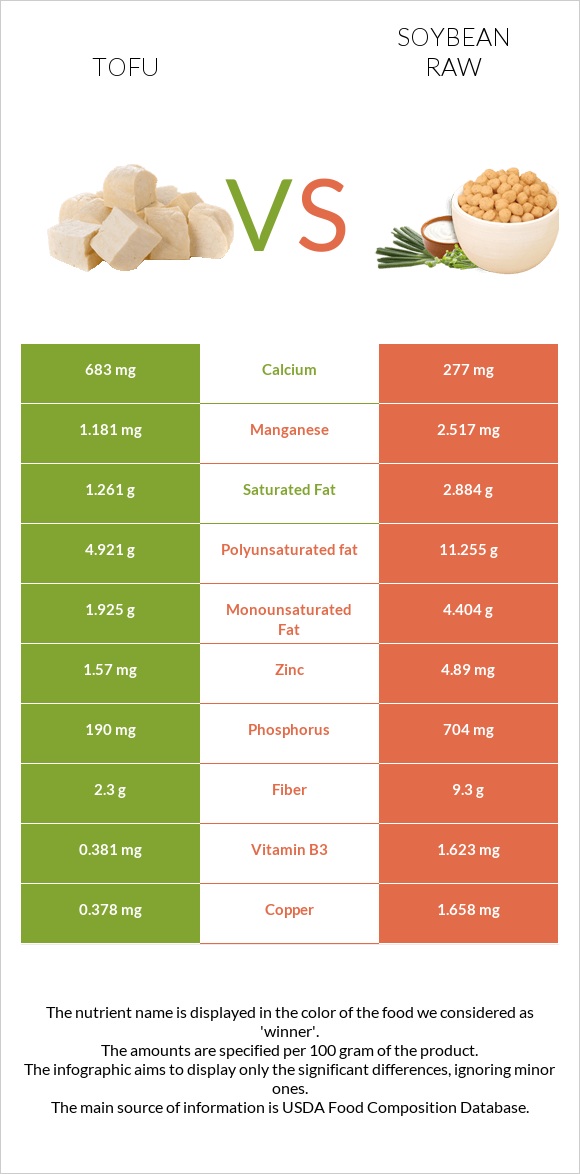
![How Many Soybeans In A Unit How many types of soybeans are there? [2022] | QAQooking.wiki](https://qaqooking.wiki/public/cdn/how-many-types-of-soybeans-are-there.jpg)

:max_bytes(150000):strip_icc()/SpiegelBeans-CloseUp_0-2000-88a1edc5a41140289d3b4ff03fad6944.jpg)
